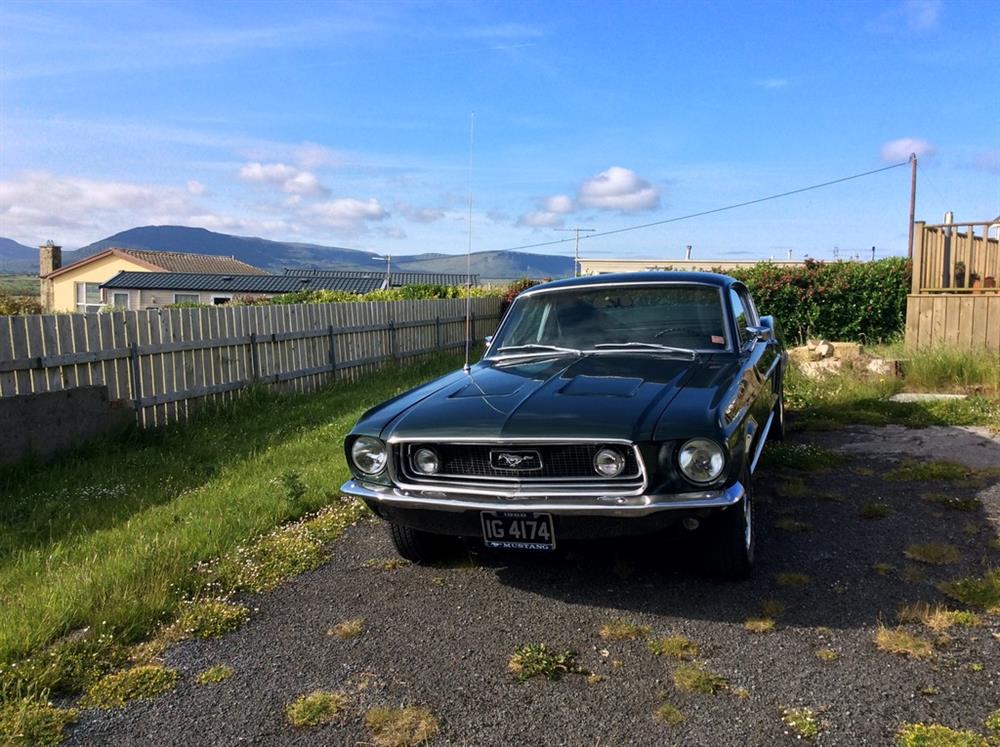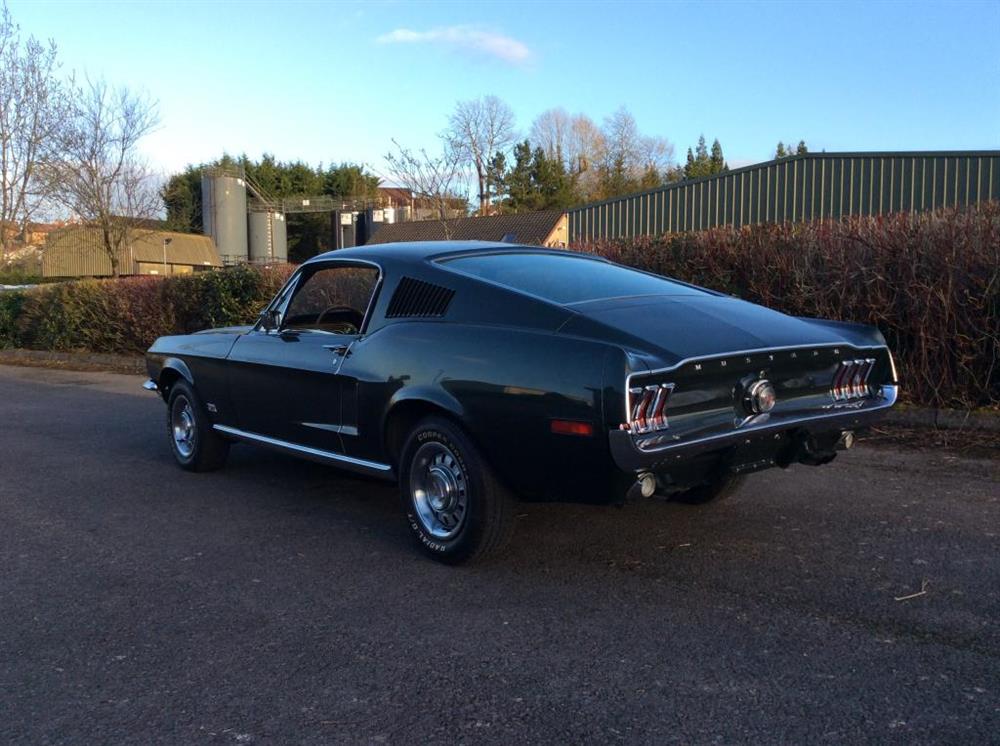The RV2 air conditioning compressor is one of the biggest, heaviest cooling units that were mostly found on the early Chrysler/Dodge/Plymouth family of cars. What makes it cool is that the internals resemble a mini-version of a V-twin motor. Watch us tear down an RV2 compressor and give you an idea of how we go about restoring this classic workhorse.
First we wanna go ahead and start off and make sure the compressor does full rotation. Just to make sure that it is a core that is buildable. So, this here, this one's spinning all around so we know it's gonna be a good core for the most part. So we'll go ahead and just remove the clutch. So we'll go ahead and remove this bolt, be a half inch bolt on the face. Usually you can get a brass drift so you don't damage the shaft. Just give it a couple taps and the clutch will just come right off. Move the wires here in the back. And then we'll go ahead and we're gonna remove the manifold. Just tap the manifold off, the gasket holds it on pretty tight.
Underneath the manifold is the EPR valve along with a spring. So if you're gonna remain with an R12 compressor, it's gonna have an EPR valve, it's gonna use that. If you're gonna go 134A, we're actually gonna remove the EPR valve and we'll actually go into a thermostat system. That's gonna make the compressor turn off and on just like more of a modern day car. Alright, we're gonna go ahead and remove the EPR valve. From there we'll take the field coil off. Usually there's going to be contamination or it's gonna be some sort of low oil. They're very sensitive on the crank and there is no rings like you'd have on a car. So it's just the rods actually connect straight to the crank itself.
The oil pump in the rear, it's just a spring with a ball. As the gears cycle, it just actually pumps. So if those fail, typically what happen the ball itself will go out of round and prevent it from oil coming up. So we definitely want to check that. We'll go ahead and remove the brackets. Here we'll go ahead and remove the actually baseplate. This is where the oil pump actually sits and this is actually gonna show you the back of the inside of the compressor. Usually when a compressor does fail due to oil, this will be the pump here. You'll see the ball, it will actually go out of round. It's a rubber ball. If the ball goes out of round, then the oil can slide through it and it won't pick any oil up. You definitely want to make sure those are still round. If not, we will replace them. We use a ball bearing, so we go back to get rid of rubber and we go more of a steel bearing, a bearing ball. So what I end up doing is more and more getting things so everything else will fail. You wanna go ahead and just check everything, make sure everything's good inside. You should have play back and forward, nothing up and down. Go ahead and drain the oil real quick. Then we're gonna look for any contaminants inside the oil as well.
This compressor here is fairly nasty so definitely, definitely time for a good cleaning out. We'll go ahead and remove the valves. Let's see how those look. This is the valve plate here. These right here are the revalves that sit under the valve plate. You see here, this is what we want to look for. Underneath, I'm not sure if you can actually see it. I might have to remove it so we can see a little better. There is goes. So ya, a set of revalves here. And then underneath there's also another set. That's what determines all the suction and discharge.
So on this particular compressor, it is here. As the piston's coming up, it's pushing air out of the top, which is gonna channel into this tube here and out. That's where your refrigerant will come in at. And vice versa when a piston goes down, it's actually gonna suck the refrigerant in through here and out of this chamber using this revalve. We'll go ahead and remove the oil gear in the back. I'll need a 7/16's. Here's a portion of the oil pump where the gears are. And usually if the ball is out of round, then the gears also, they're gonna be damaged. So we'll have to replace the whole pump if that's the case. So you're gonna look for any kind of damage here, make sure everything is nice and smooth. And we'll go ahead and remove the pistons themselves. And then we wanna also check the actual cap. Look for any kind of wear on the cap. This one here is pretty clean. Then push down on the piston and should just pop right out. The piston's resting on the rod. You're gonna do the same thing. We're gonna check the cap. The bearing in general looks alright. These don't have bearings so it's just aluminum straight to the crank. So any kind of oil, any kind of oil loss, anything like that is gonna cause problems. Just tear into the aluminum. See there is still nice cross hatching on the cylinders.
This is a complete tear down of the RV2 Compressor. So if you guys have any questions, feel free to give us a call or go ahead and reach us at originalair.com.



